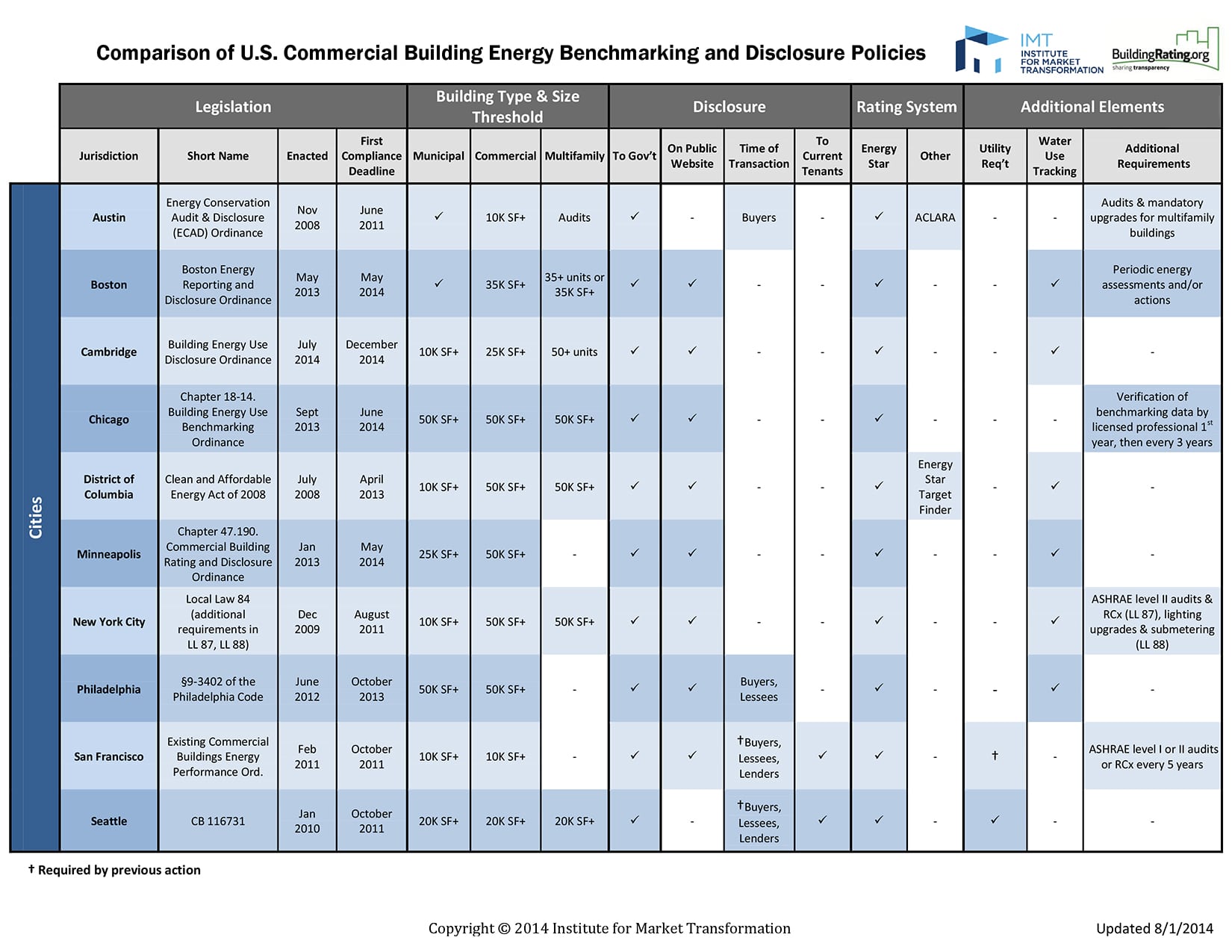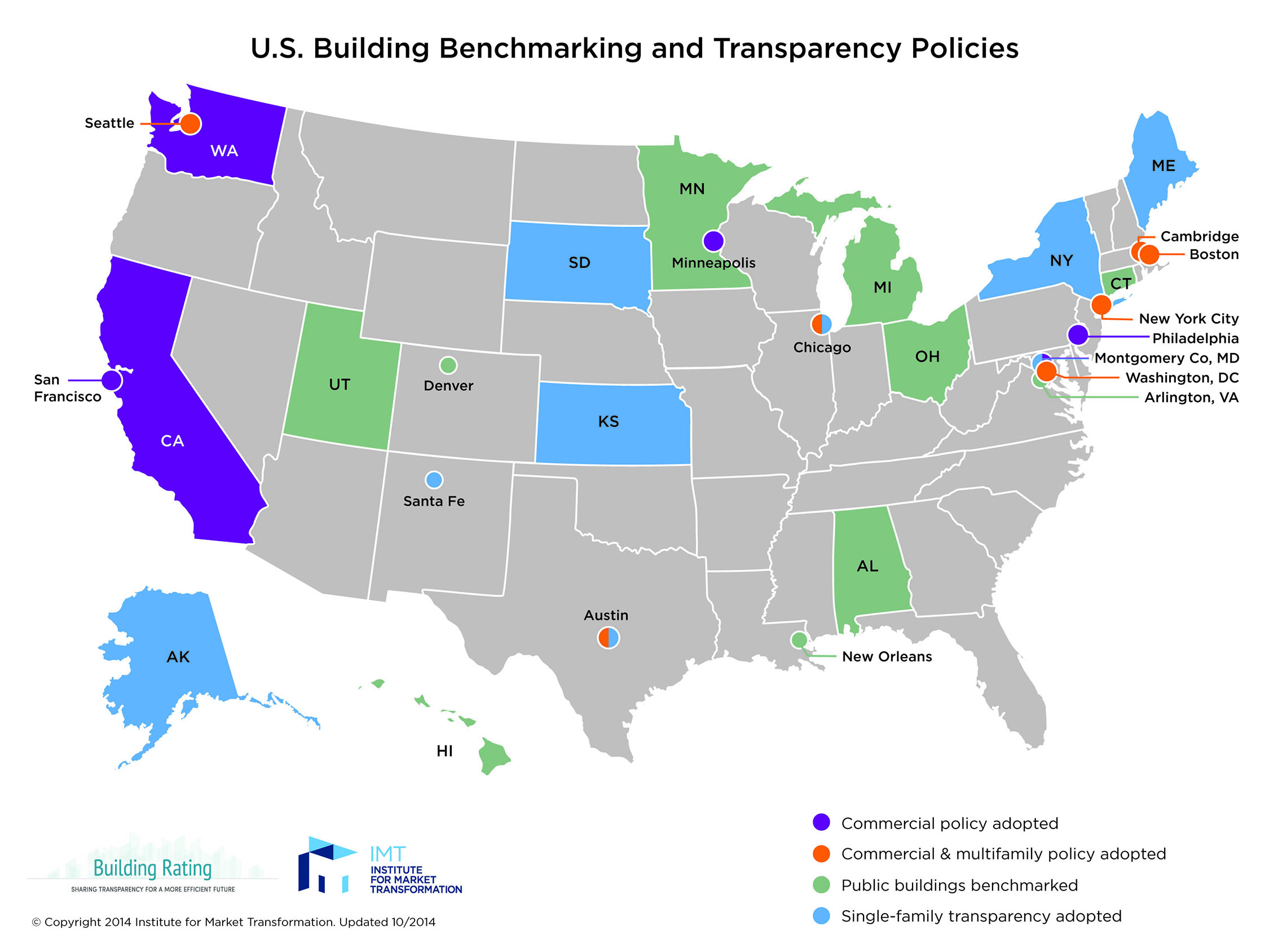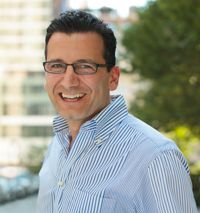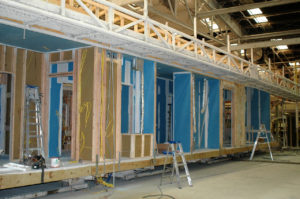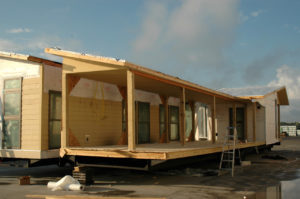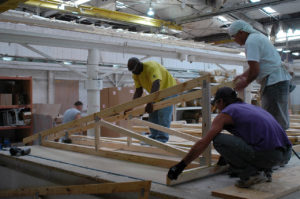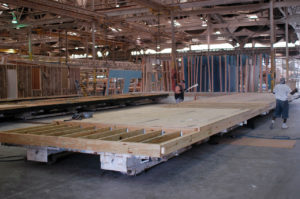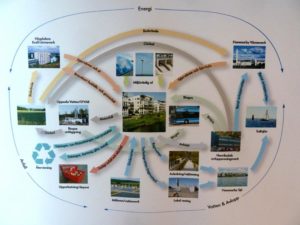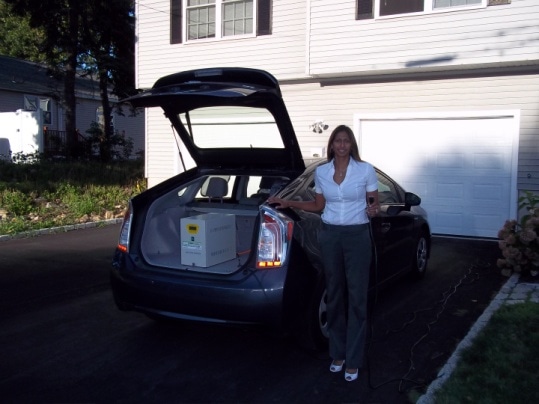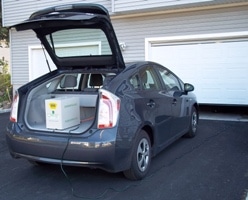- January 07, 2015
- 0 Comments
- In Miscellaneous
- By
HUD’s 2015 Innovation in Affordable Housing student design and planning competition has hit full stride. Building on its successful inaugural run in 2014, this year’s competition has university representation from over 20 states. Strategic teams of 3-5 graduate students and a faculty advisor, primarily from architecture, urban planning, real estate, business, and environmental engineering programs, are challenged with redesigning a 300-unit senior housing property for the Houma-Terrebonne Housing Authority (HTHA). Competitors will craft actionable solutions that consider economic, social, and ecologic issues unique to the region’s affordable senior housing sector. Successful projects will address needs of senior residents (quality of life), site and building codes, finance strategies (incl. leveraging partnerships), integrated energy efficiency technology, and community connectivity. Following a rigorous review process, select finalists will travel to Houma, LA in March for a site-visit intended to prepare competitors for refining their final submission. The winning entry will be chosen by a judging panel of industry thought-leaders, and awarded $20,000 at a ceremony in Washington, DC ($10,000 to the runner-up).
Steven Winter Associates, Inc. (SWA) recognizes the critical need for global availability of quality, affordable housing. Our support of HUD’s competition will advance studies in this emerging market by initiating a new generation of student-professionals into the industry. SWA fulfilled a lead role in competition development, outlining the competitive structure, project submission requirements and guidelines, and final judging criteria. Additionally, SWA spearheaded all marketing efforts for the competition, including a robust registration outreach campaign consisting of email blasts, phone communication, social media, and direct mailing. Work on the IAH competition demonstrates the firm’s continued support of student and professional competitions, adding to past programming efforts with the SBIC’s Beyond Green™ High Performance Building Awards and the Housing Authority of Norwalk’s Affordable Housing Design Competition. The firm’s involvement reinforces SWA’s commitment to progressing innovation in high performance building practices, and validates SWA’s reputation as an industry authority on sustainable multifamily building science.
Visit the the #IAH2015 website here: bit.ly/IAH2015



